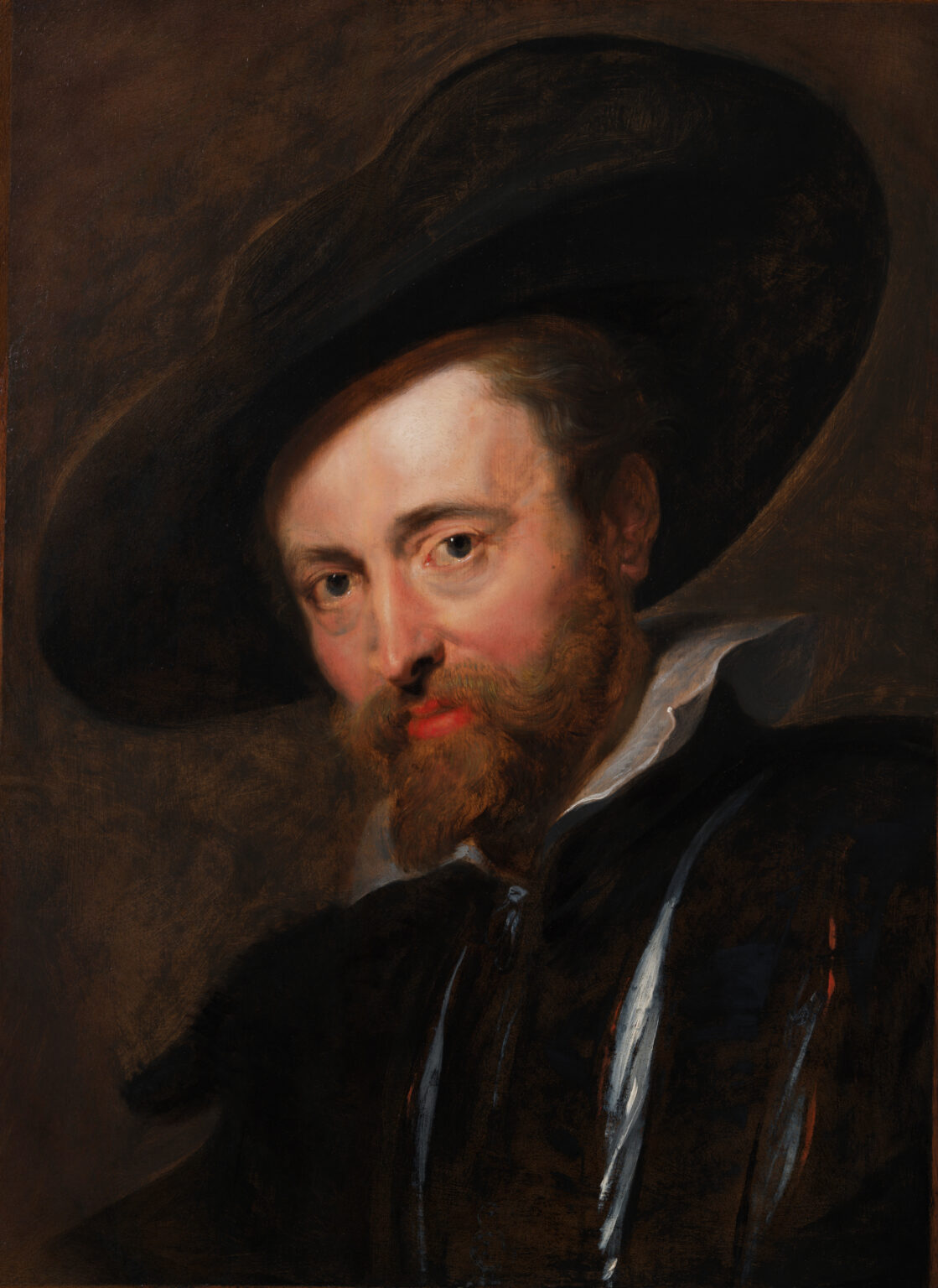
Food for the Soul: Destinations: Rubens in Antwerp
Become a member: Subscribe
- Money & Markets
- Weekly Solari Reports
- Cognitive Liberty
- Young Builders
- Ask Catherine
- News Trends & Stories
- Equity Overview
- War For Bankocracy
- Digital Money, Digital Control
- State Leader Briefings
- Food
- Food for the Soul
- Future Science
- Health
- Metanoia
- Solutions
- Spiritual Science
- Wellness
- Building Weatlh
- Via Europa
Solari’s Building Wealth materials are organized to inspire and support your personal strategic and financial planning.
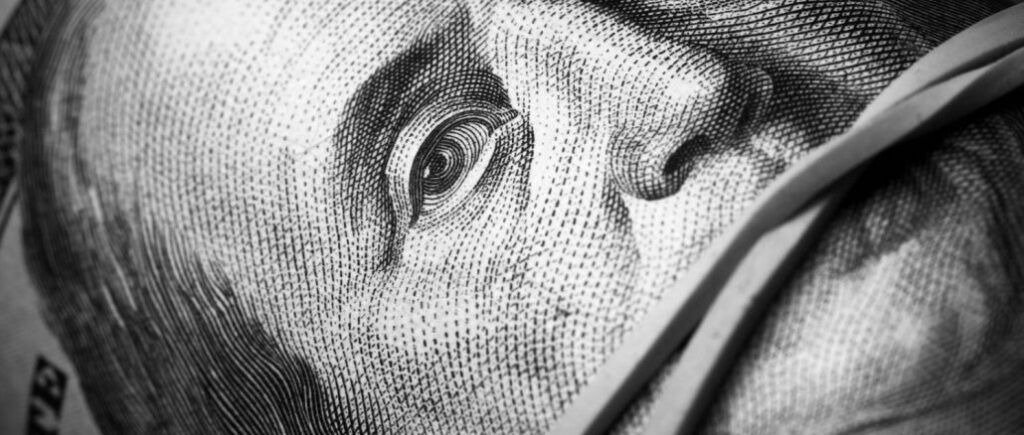
Missing Money
Articles and video discussions of the $21 Trillion dollars missing from the U.S. government
No posts
Your cart is currently empty!
- LATEST
- TOP SECTIONS
- SERIES
- Money & Markets
- Weekly Solari Reports
- Ask Catherine
- News Trends & Stories
- Equity Overview
- Cognitive Liberty
- Building Wealth
- The War for Bankocracy
- Digital Money, Digital Control
- State Leader Briefings
- Food
- Food for the Soul
- Future Science
- Health
- Metanoia
- Solutions
- Spiritual Science
- Wellness
- Via Europa
- BLOGS
- RESOURCES
- COMMUNITY
- My Account
- Log In
- Subscribe
- Search
- Shop
- Support
- Donate
- Log Out

Peter Paul Rubens. Self-Portrait with a Big Hat, c. 1623-1630. Oil on panel, restored in 2017. Rubens house, Antwerp. Photo: Wikimedia Commons
“I’m the busiest man in the world, and the most under pressure!”
~ Peter Paul Rubens in a letter to Palamède Fabri de Valavez, January 1625
The image of a struggling, unappreciated artist doesn’t apply to Peter Paul Rubens (1577-1640). As a child, he was accepted as a page at a noble house to learn social graces, at 14 he started an apprenticeship with major painters of his time, and by the time he was 21—soon after moving to Italy as a court painter of Duke Vincenzo Gonzaga—he was already a member of the painters’ guild.
By 1609, Rubens was in the prime of his life. Albert VII, Archduke of Austria, and his wife Isabella Clara Eugenia appointed Rubens as a painter to their court; the court was in Brussels, but Rubens was allowed to settle in Antwerp, where he had grown up. From then on, Rubens would be very busy completing one major court or church commission after another, supervising his large, busy workshop, and traveling all over Europe on diplomatic missions. He was admired by royal patrons and fellow painters alike—successful as a courtier and diplomat, accomplished as a businessman, and respected as a giant of art history. As an artist, his art linked the Renaissance to the Baroque, and he excelled at anything he touched (original compositions, huge historic tableaux, important portraits) while also introducing new techniques and ideas.
Log in or subscribe to the Solari Report to enjoy full access to exclusive articles and features.
Already a subscriber?
- Weekly interviews, including the popular Money & Markets show
- Quarterly deep dives into major trends affecting you day-to-day
- Aggregation of the most relevant news stories
- Subscriber-only events and a digital platform to connect with other subscribers
- Weekly subscriber Q&A sessions with Catherine and the Solari team

One Comment
Leave a Reply Cancel reply
You must be logged in to post a comment.


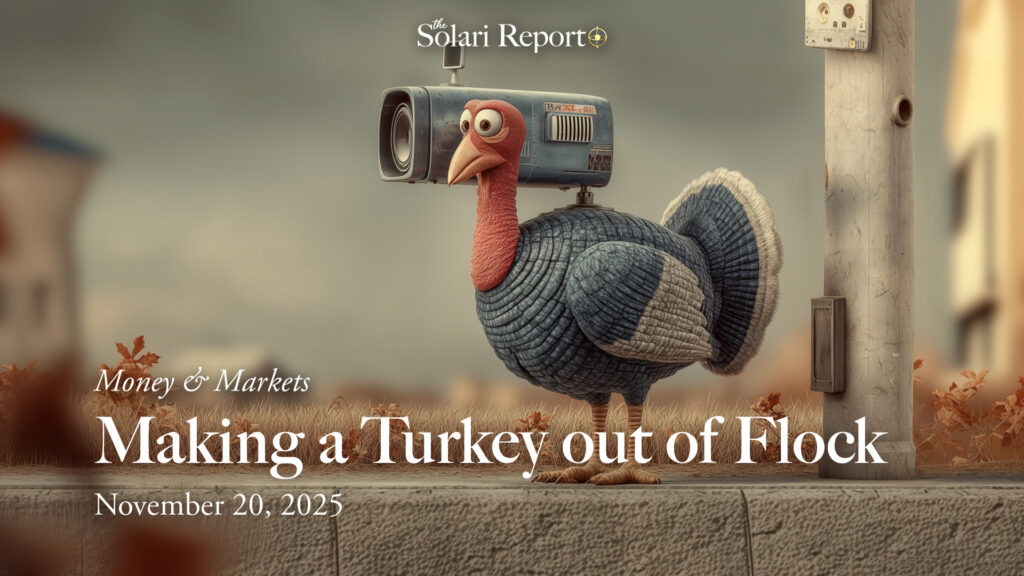
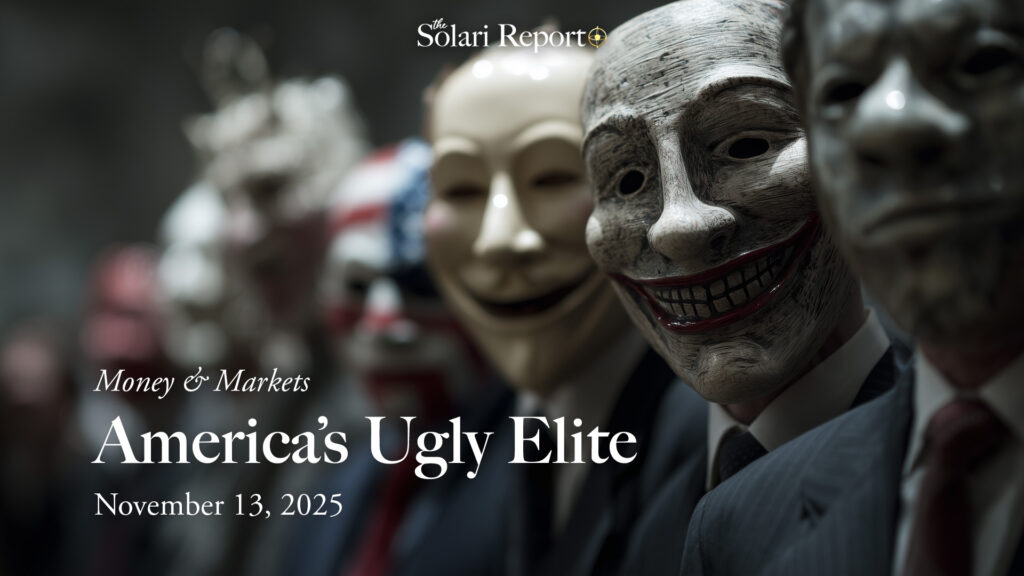





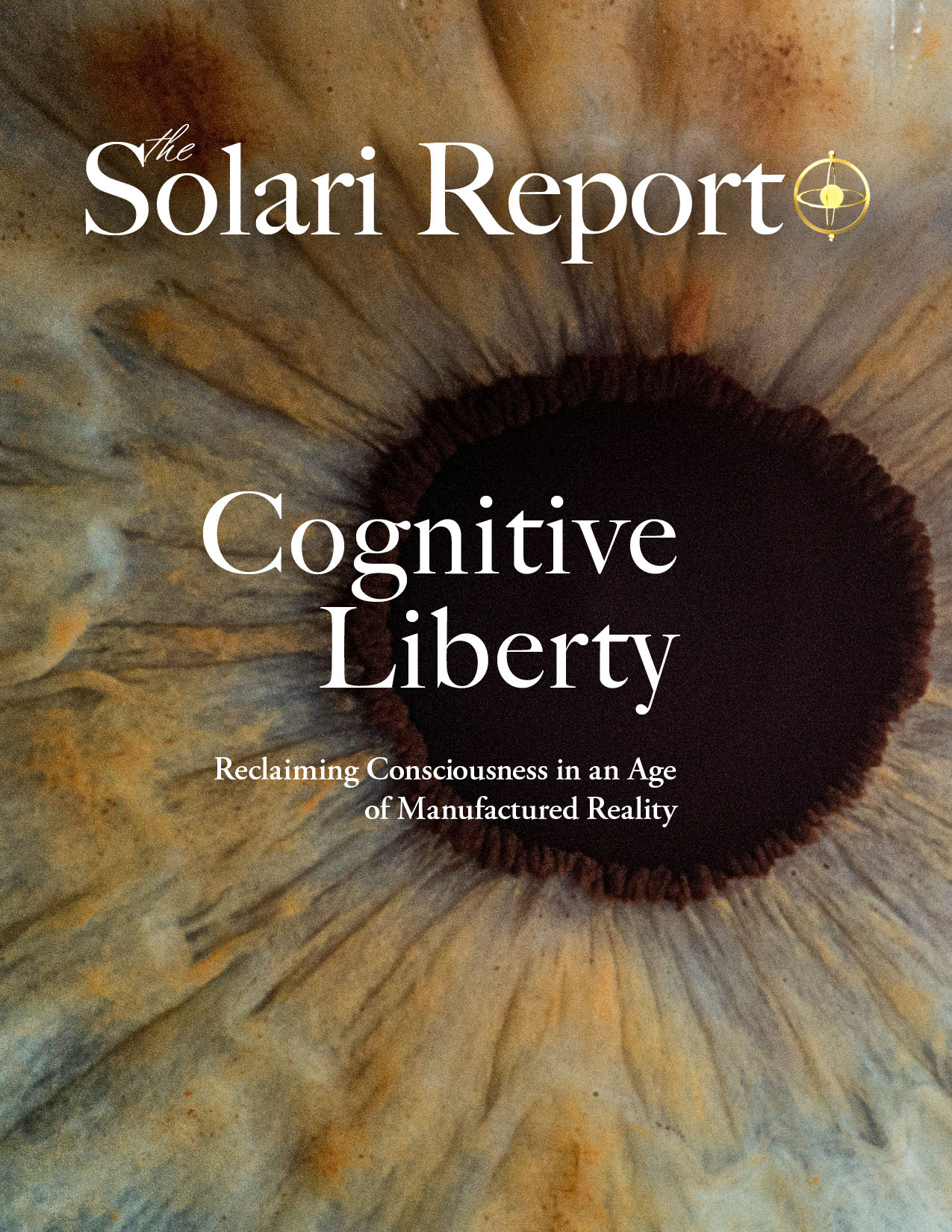
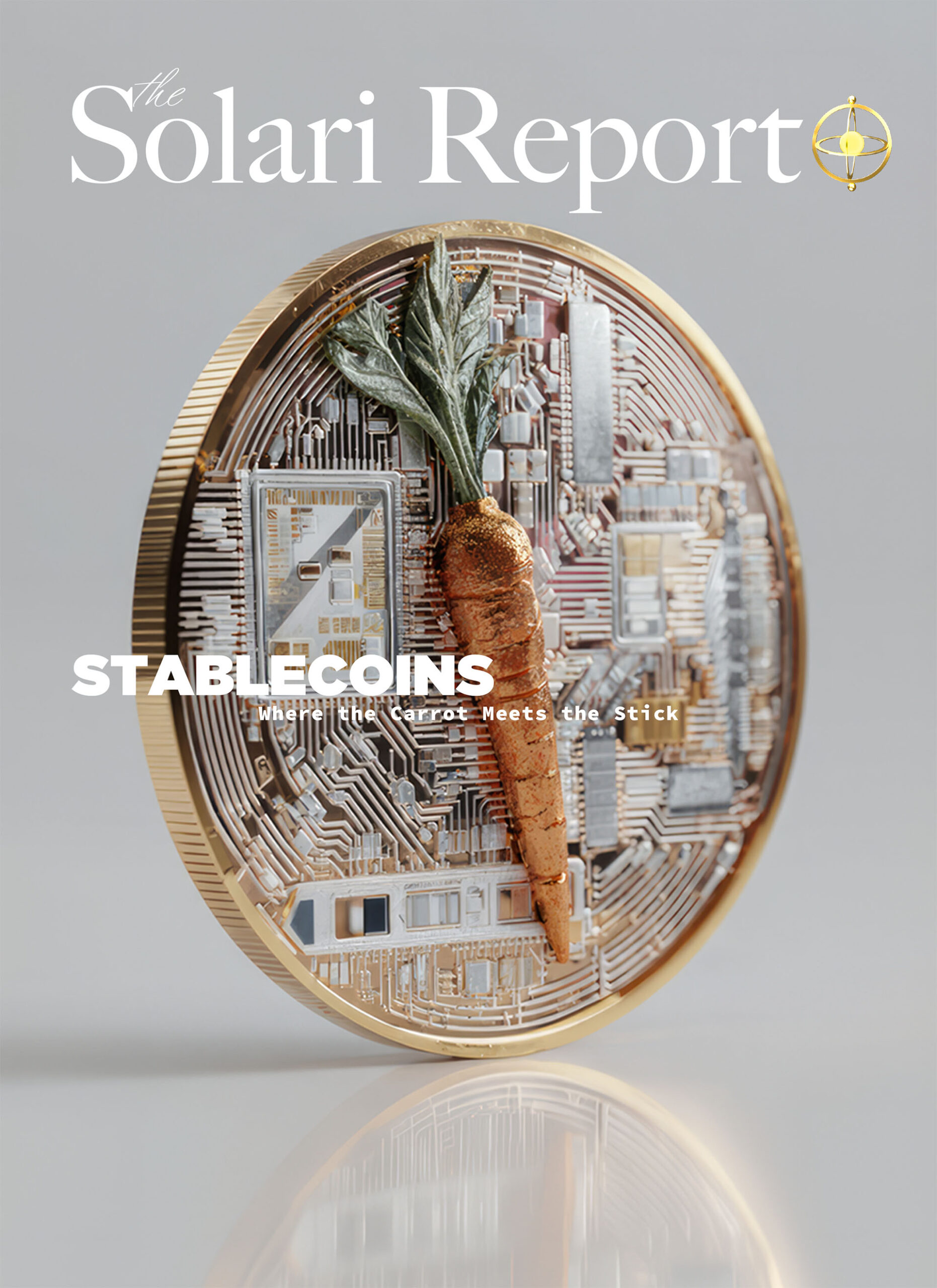

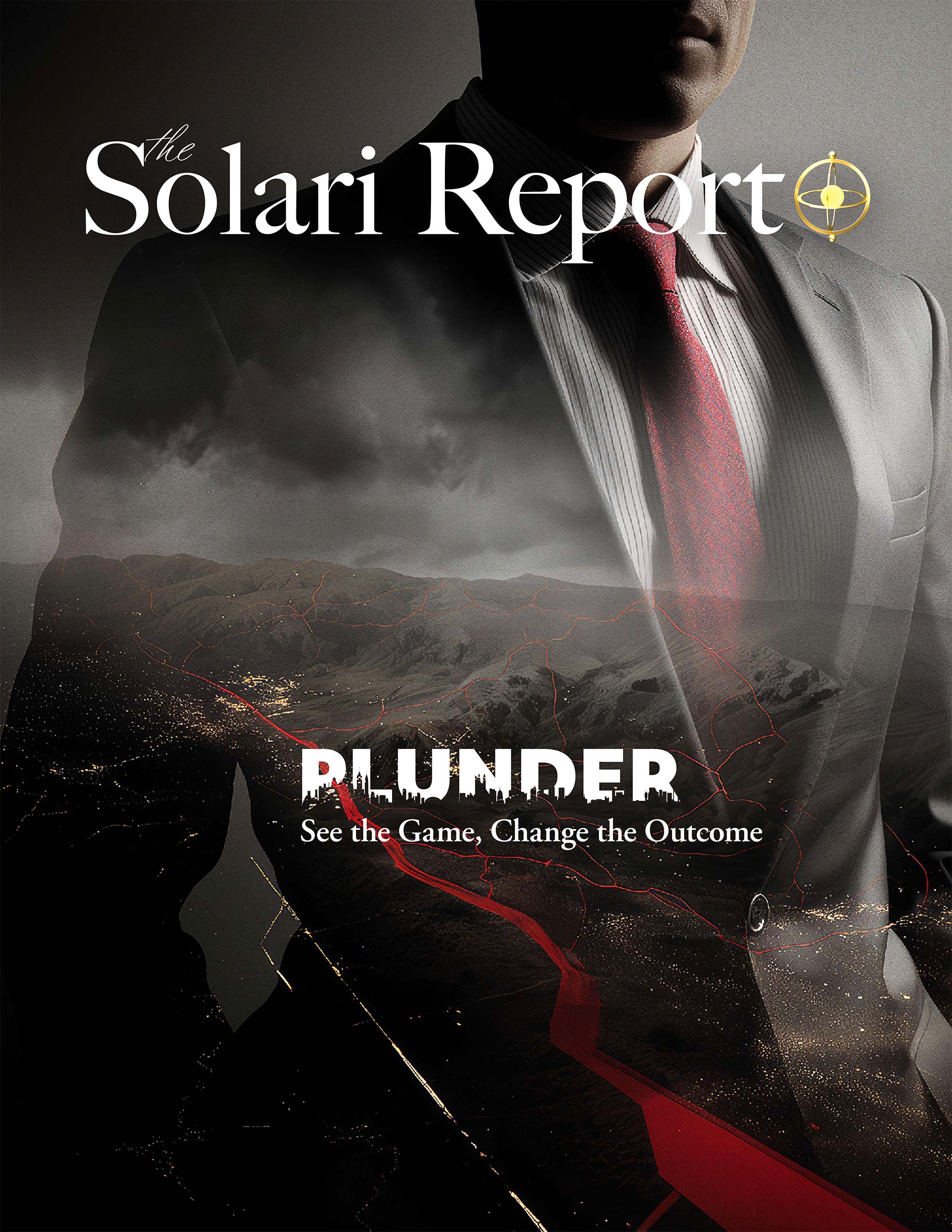
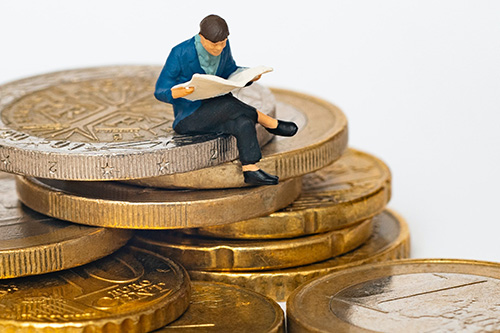
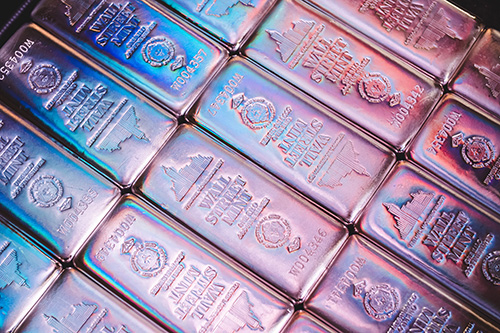
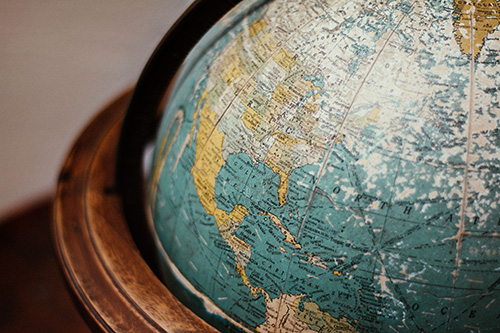

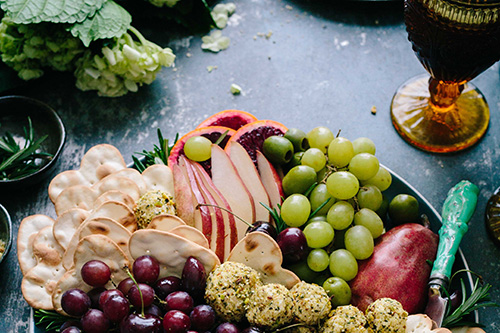


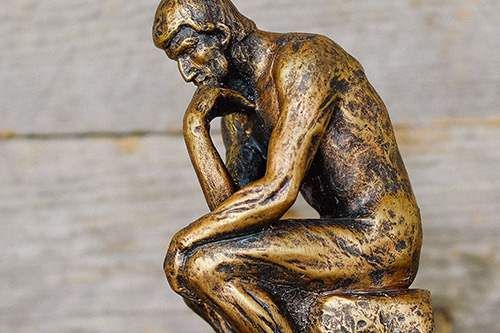
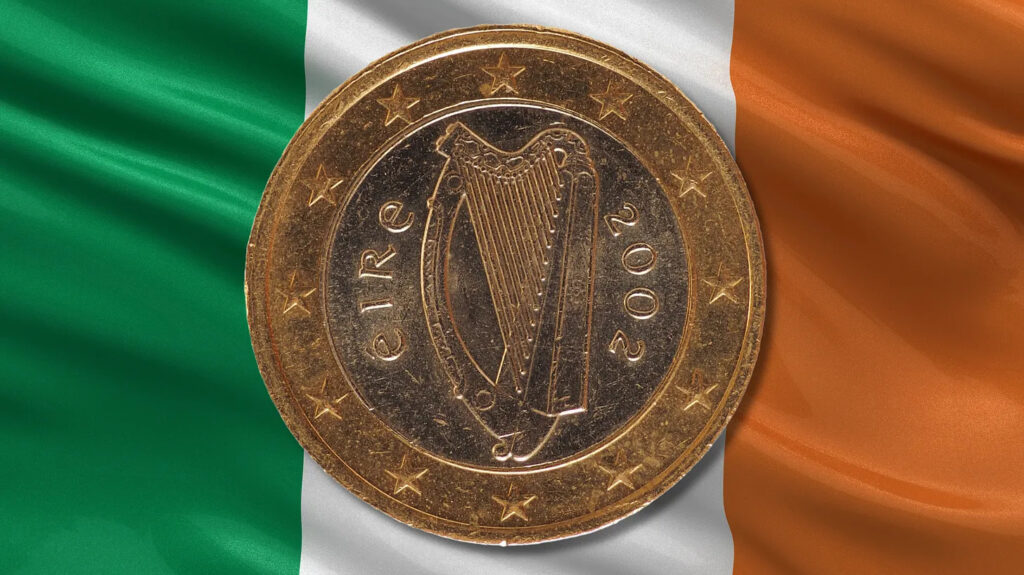
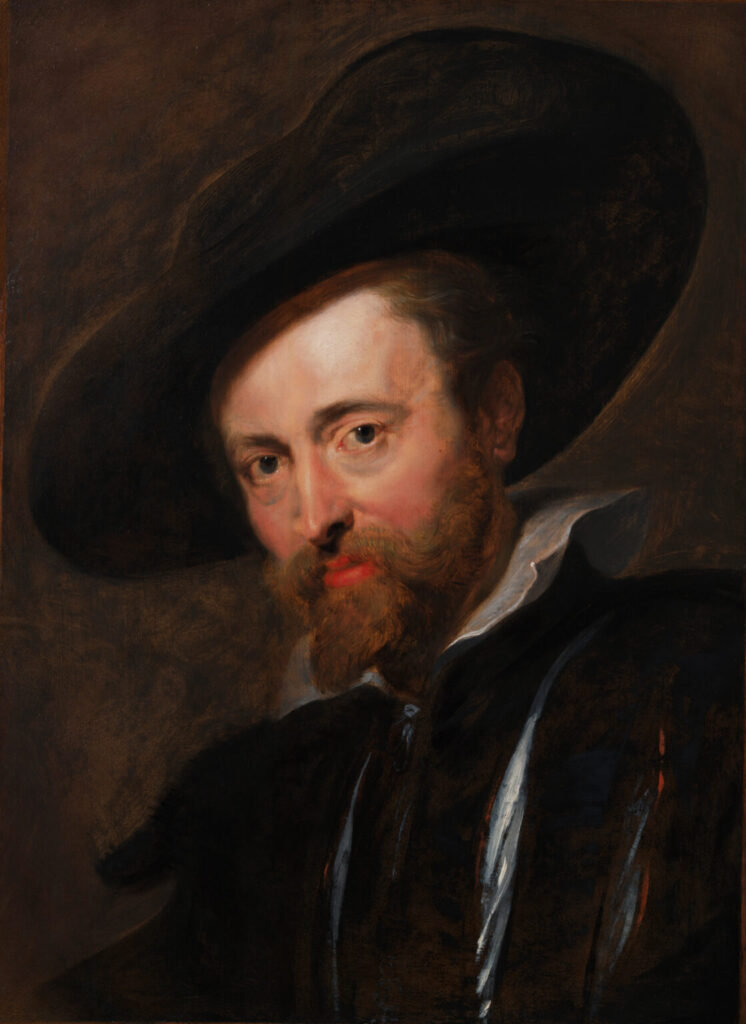





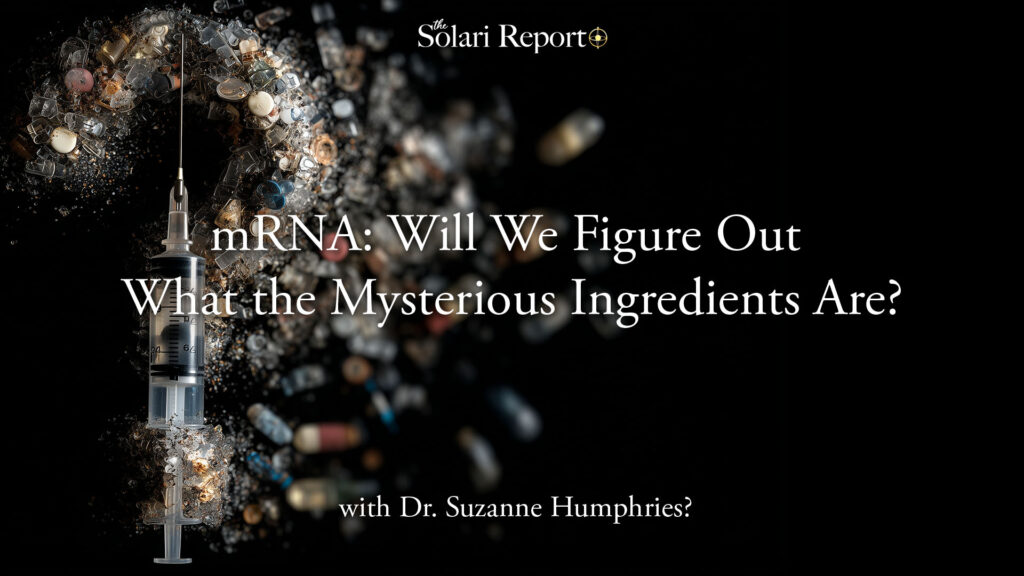



















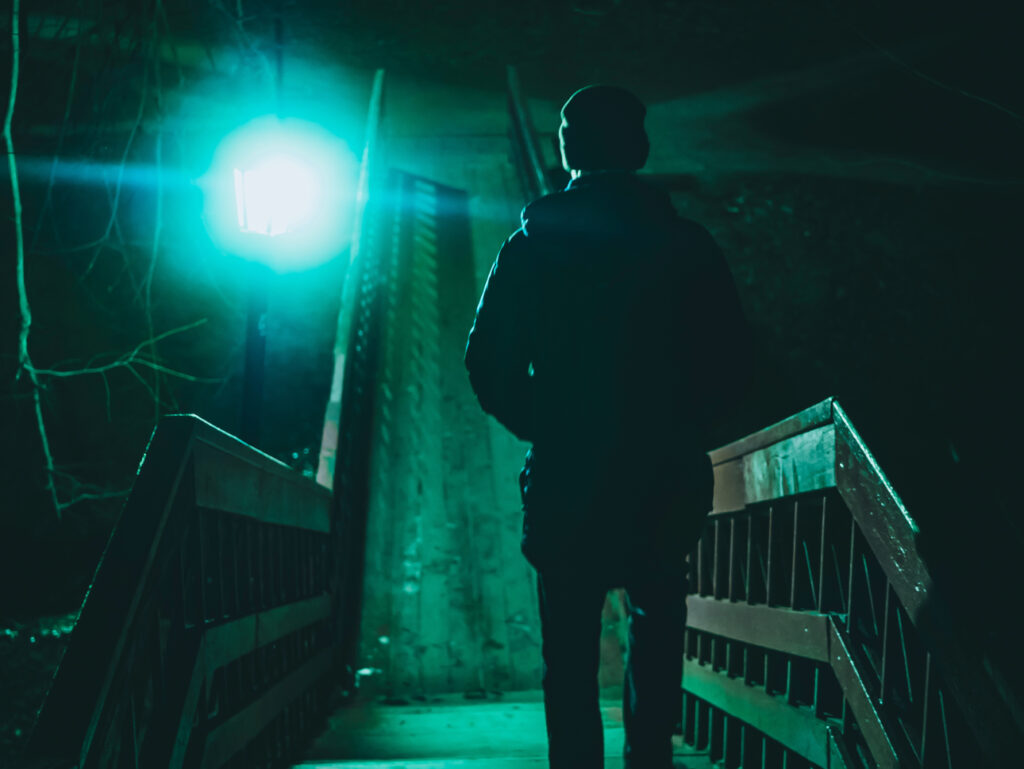
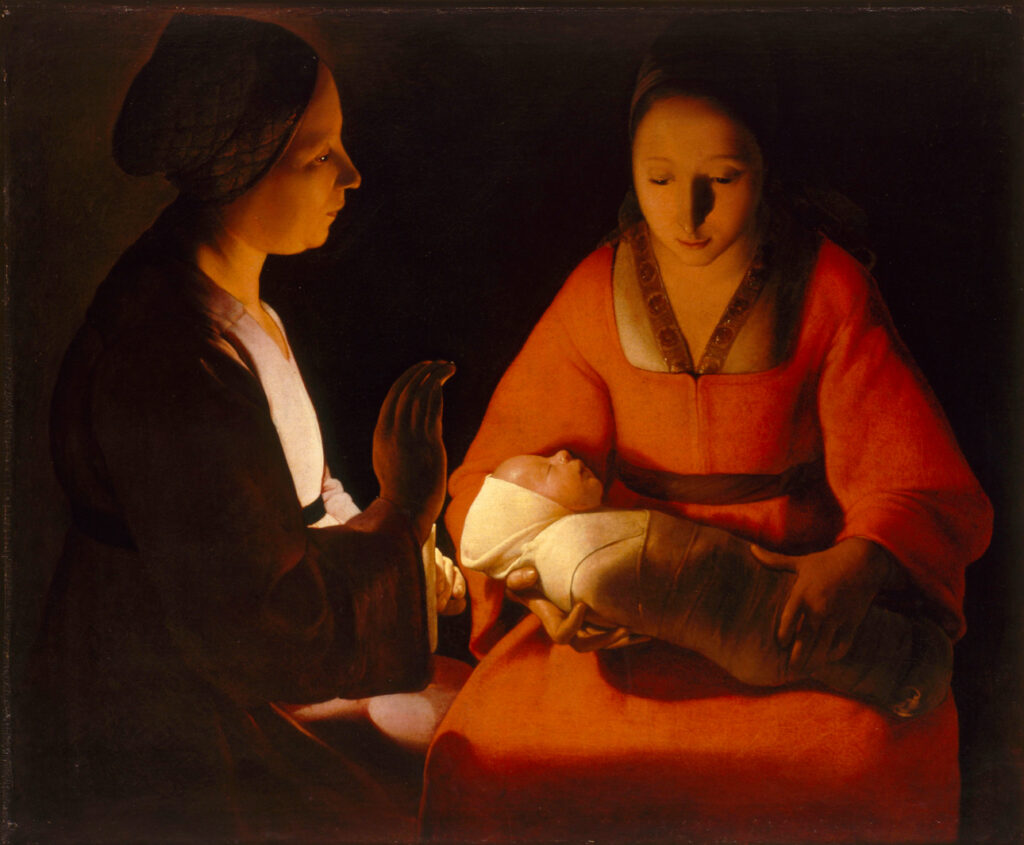



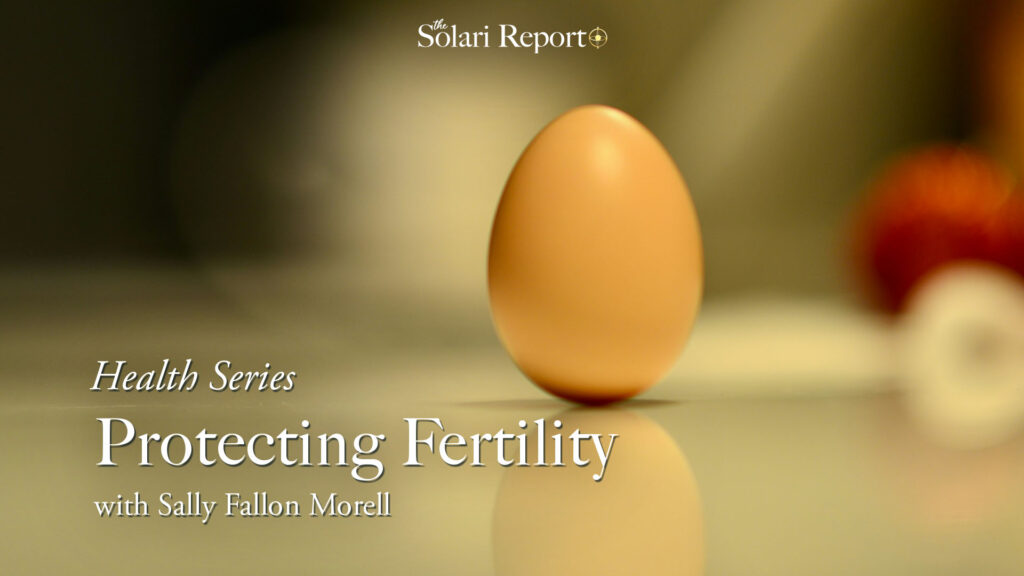





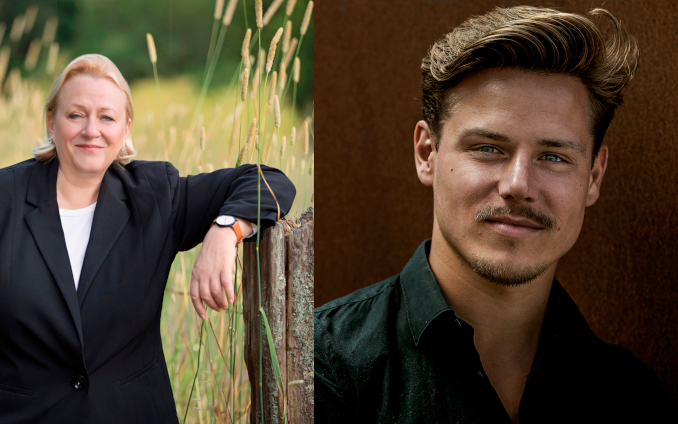



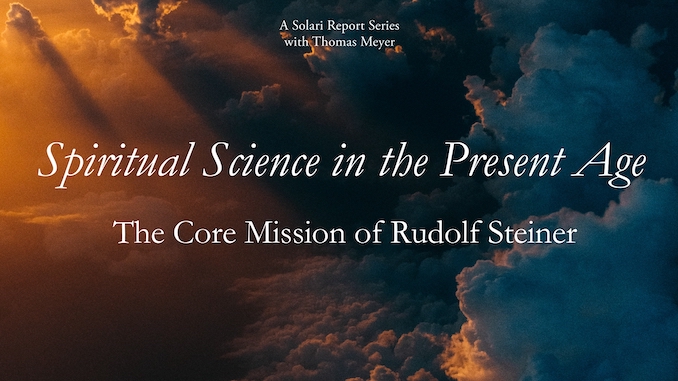
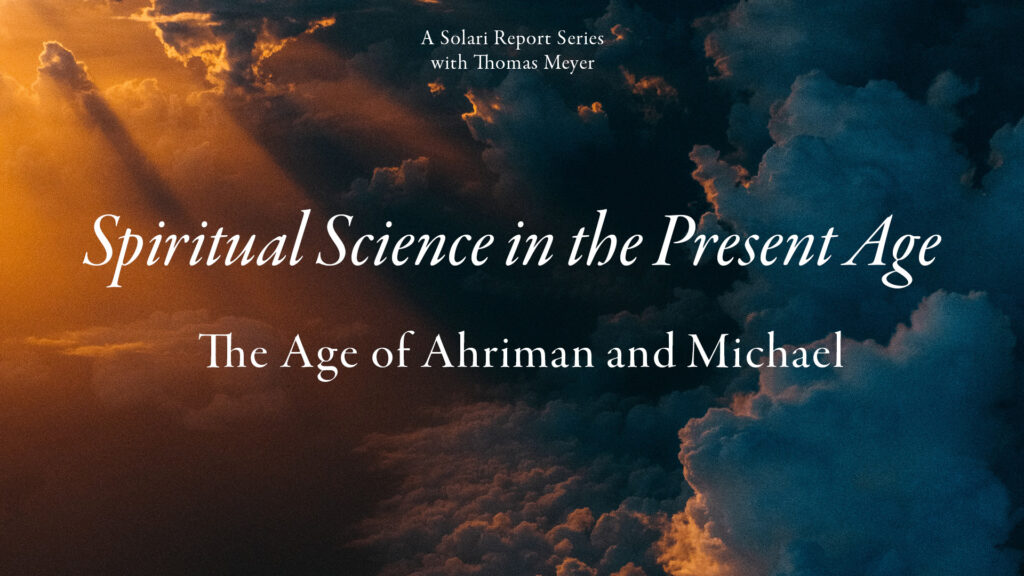










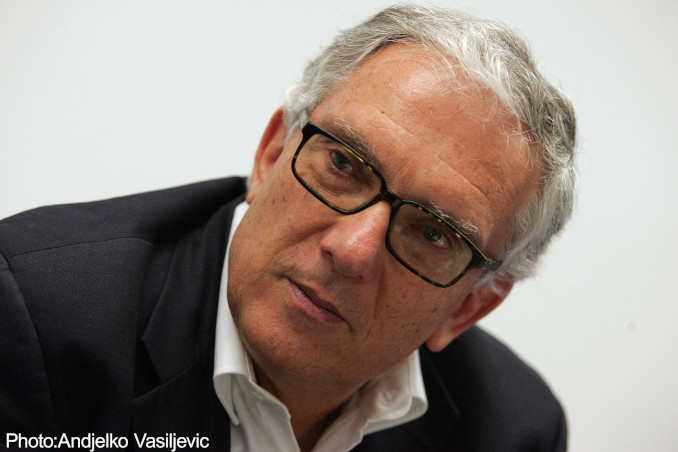
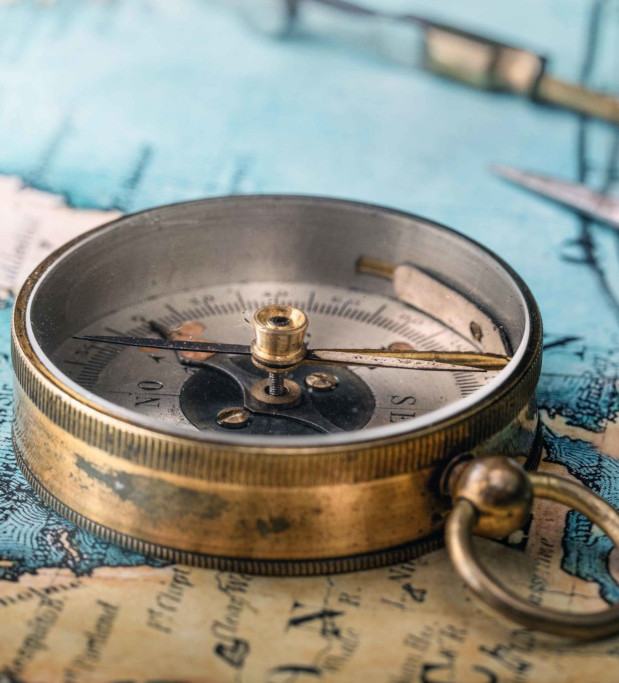


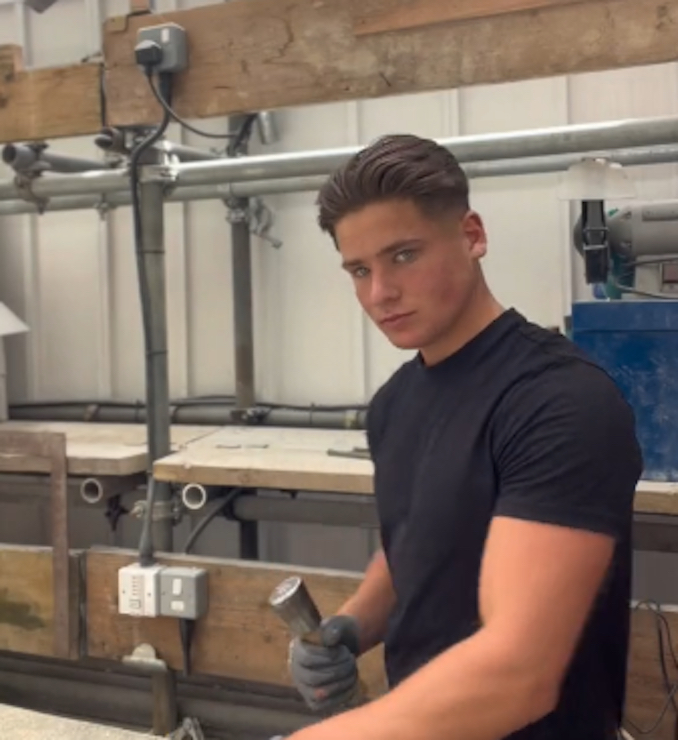
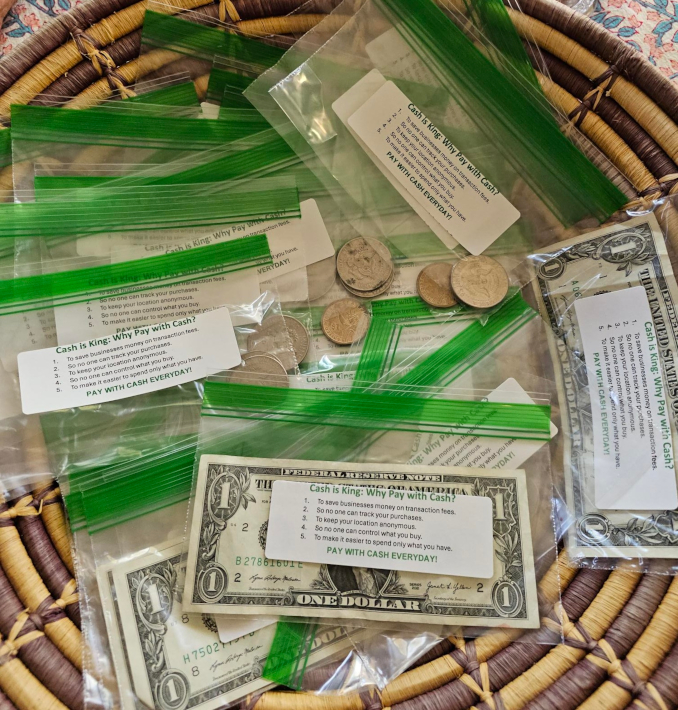



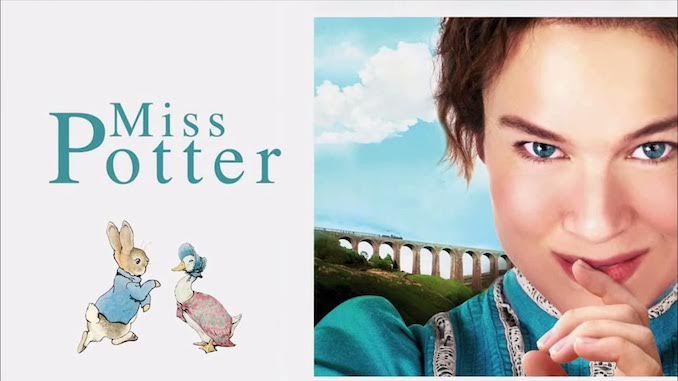


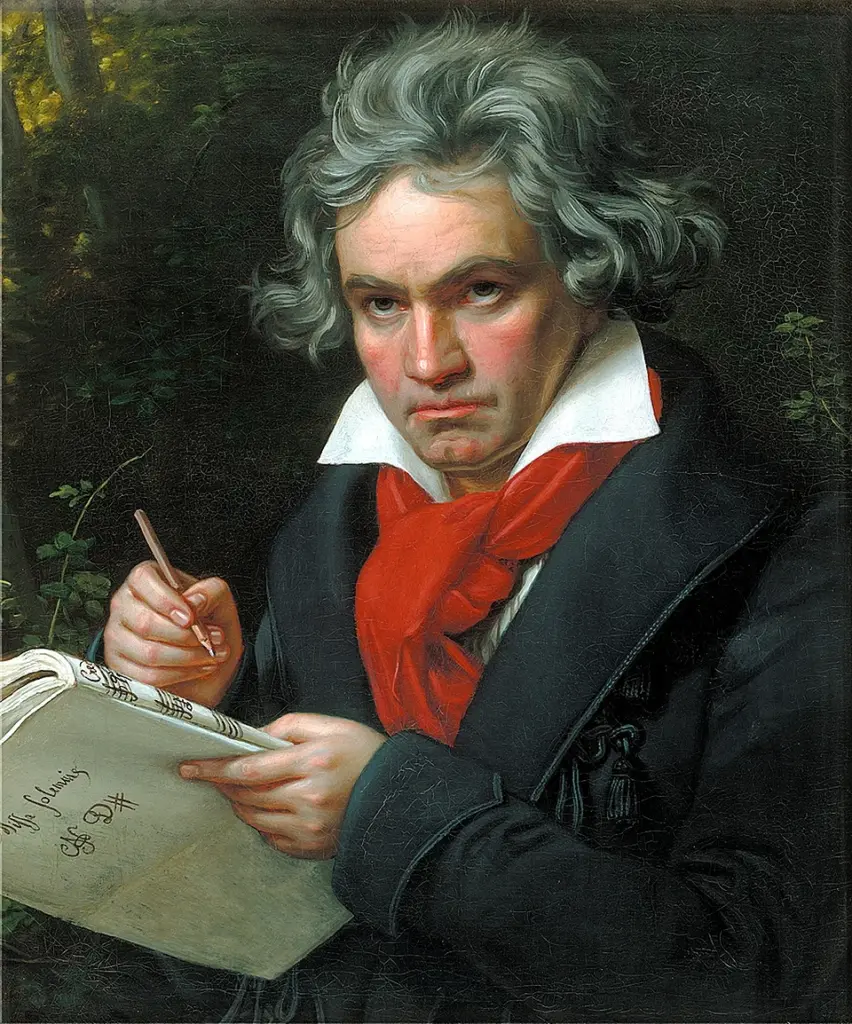
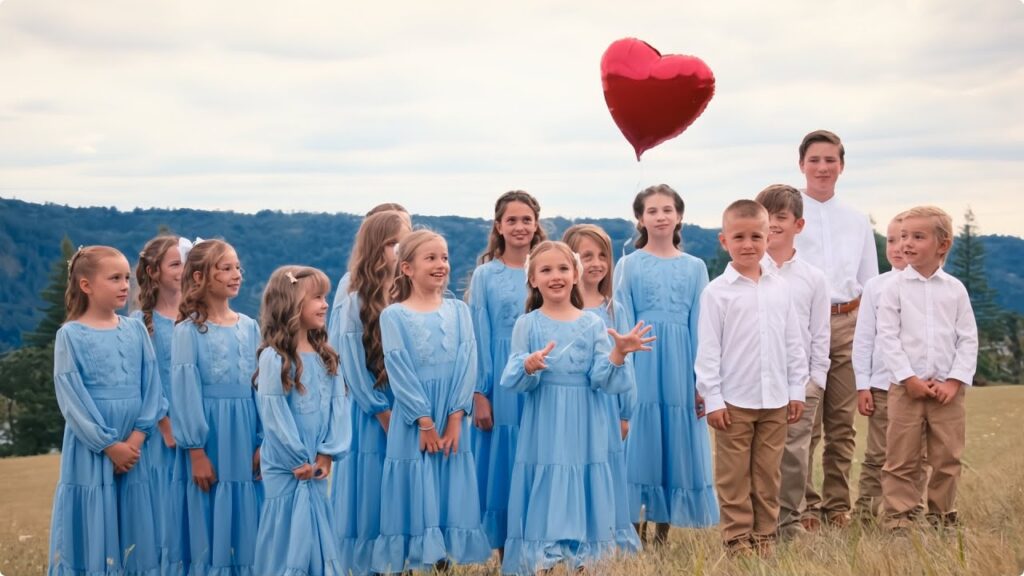
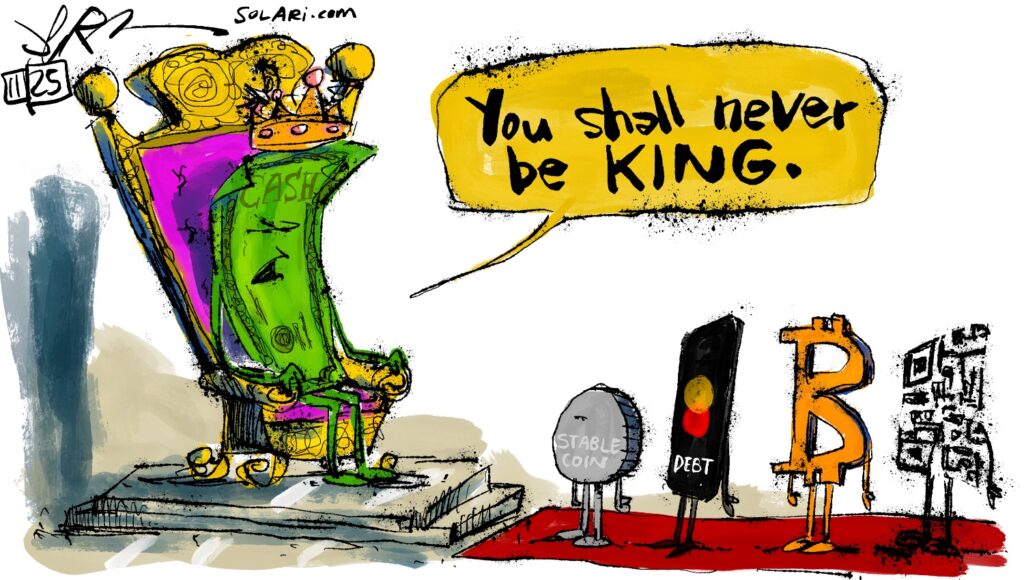










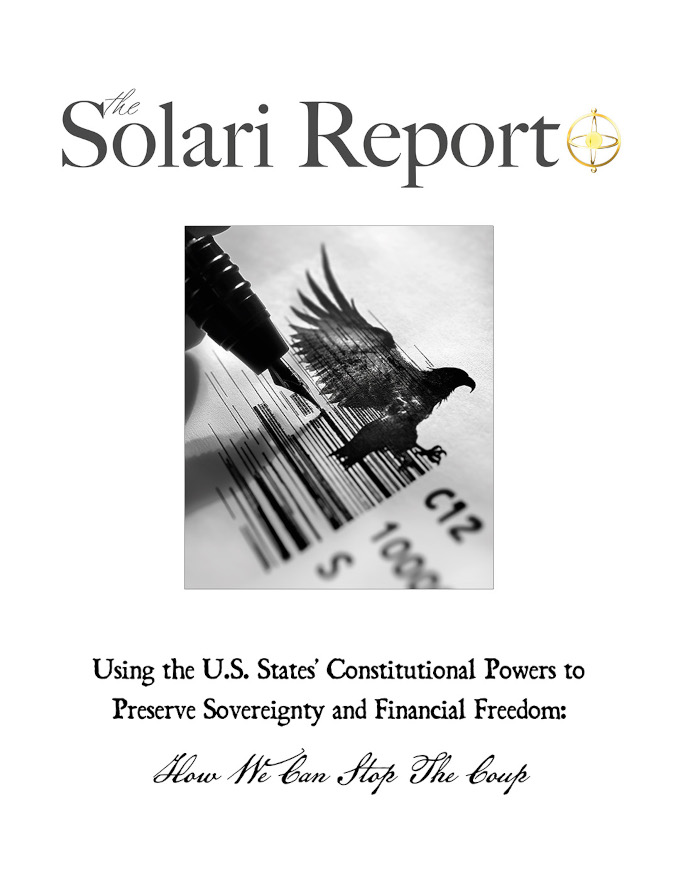









Rubens paintings still stand as great masterpieces. He was and is a towering genius. His painting are vibrant and alive